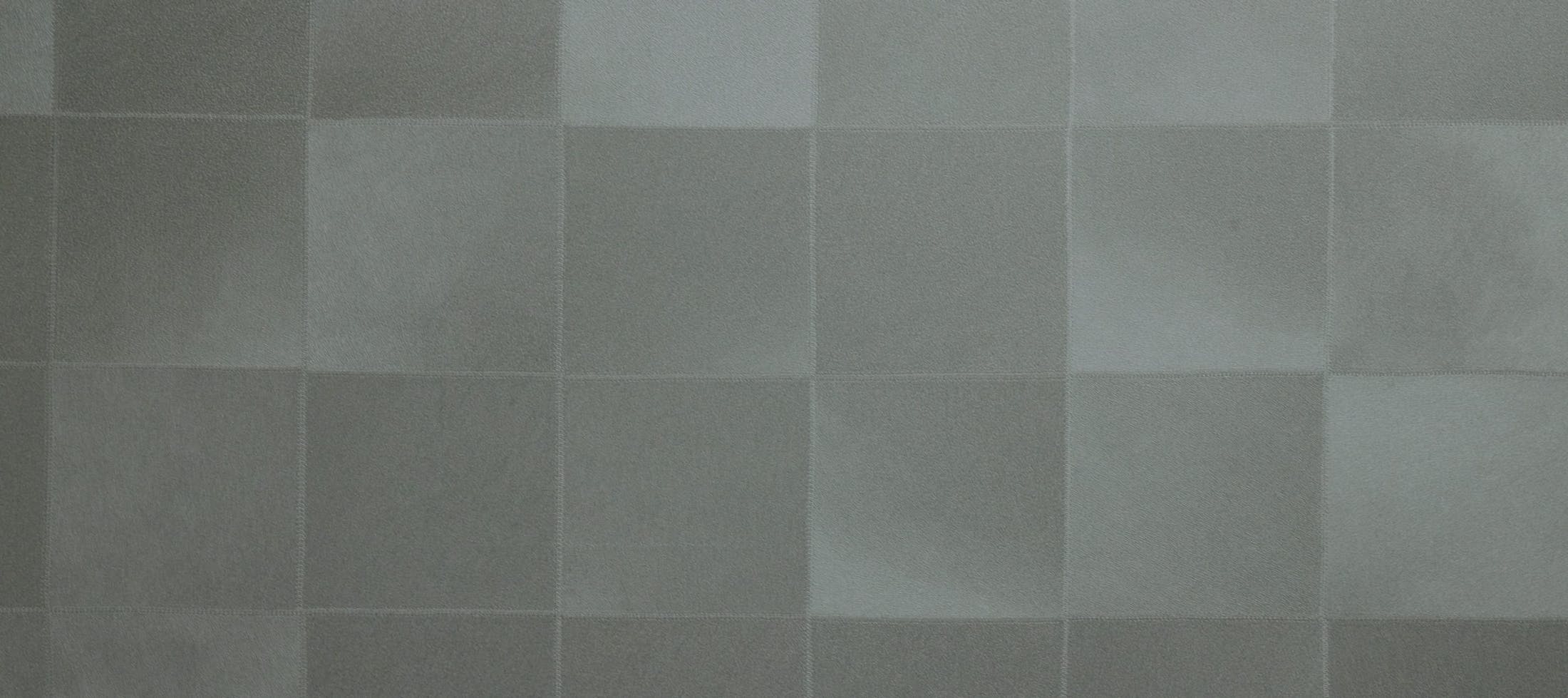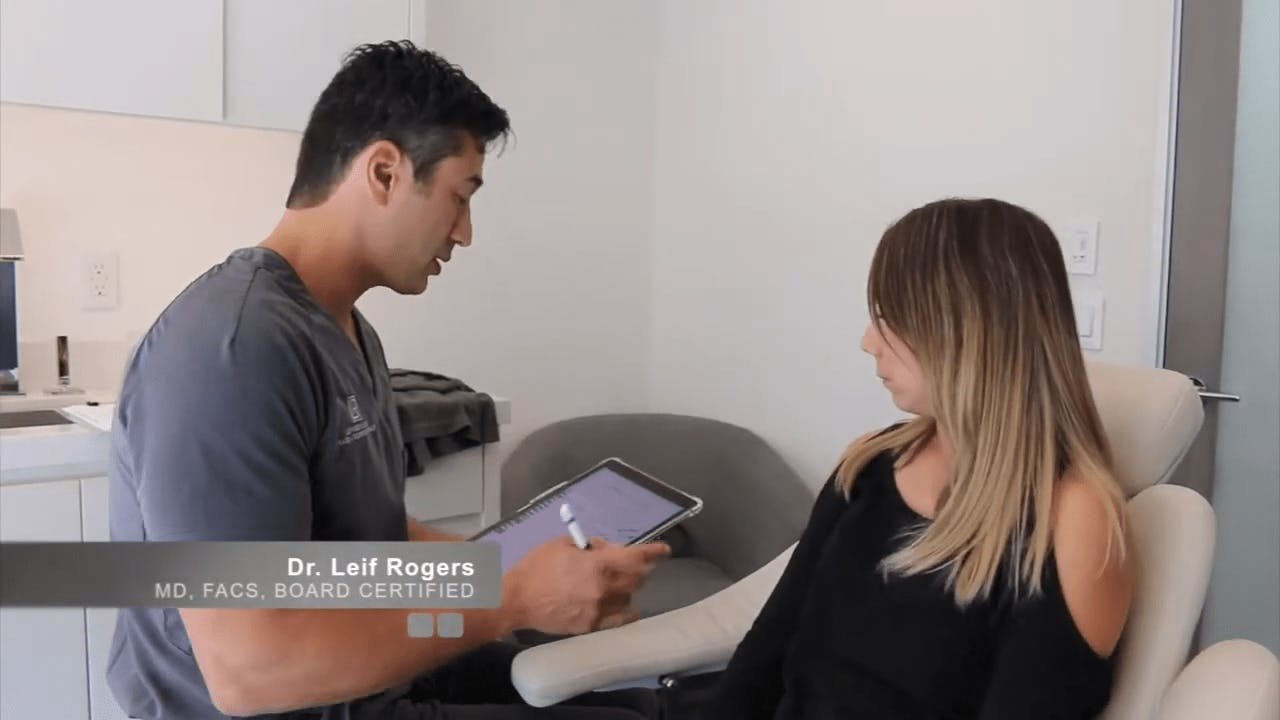Rhinoplasty enables Dr. Leif Rogers, MD, FACS to utilize his extensive surgical skill in reshaping your nose, helping it to better frame the rest of your facial features and ensuring that it contributes to an alluring and inviting sense of facial harmony.
Your nose is a key component when it comes to framing your face and showing the world a pleasingly harmonious look. Feeling as though your nose is too large or too small can be a frustrating experience, especially since your nose isn’t necessarily a feature that can be addressed with makeup or clothing. Thankfully, Dr. Leif Rogers, MD, FACS is here to help.
Nose surgery, also known as rhinoplasty, is a surgical procedure to reshape or resize the nose, enabling you to assert agency over the way you look and discover a nose that frames your face in a more ideal way. This surgery can be performed for functional or cosmetic reasons, and is often utilized to correct breathing issues and enhance your overall quality of life.
Dr. Rogers has extensive experience with facial surgery and a deep well of surgical training that has helped him develop a keen artistic sensibility. He’ll work with you to ensure that you enjoy your ideal cosmetic outcome, with results that both preserve and enhance your unique personal identity. To learn more, reach out and set up your consultation today.









